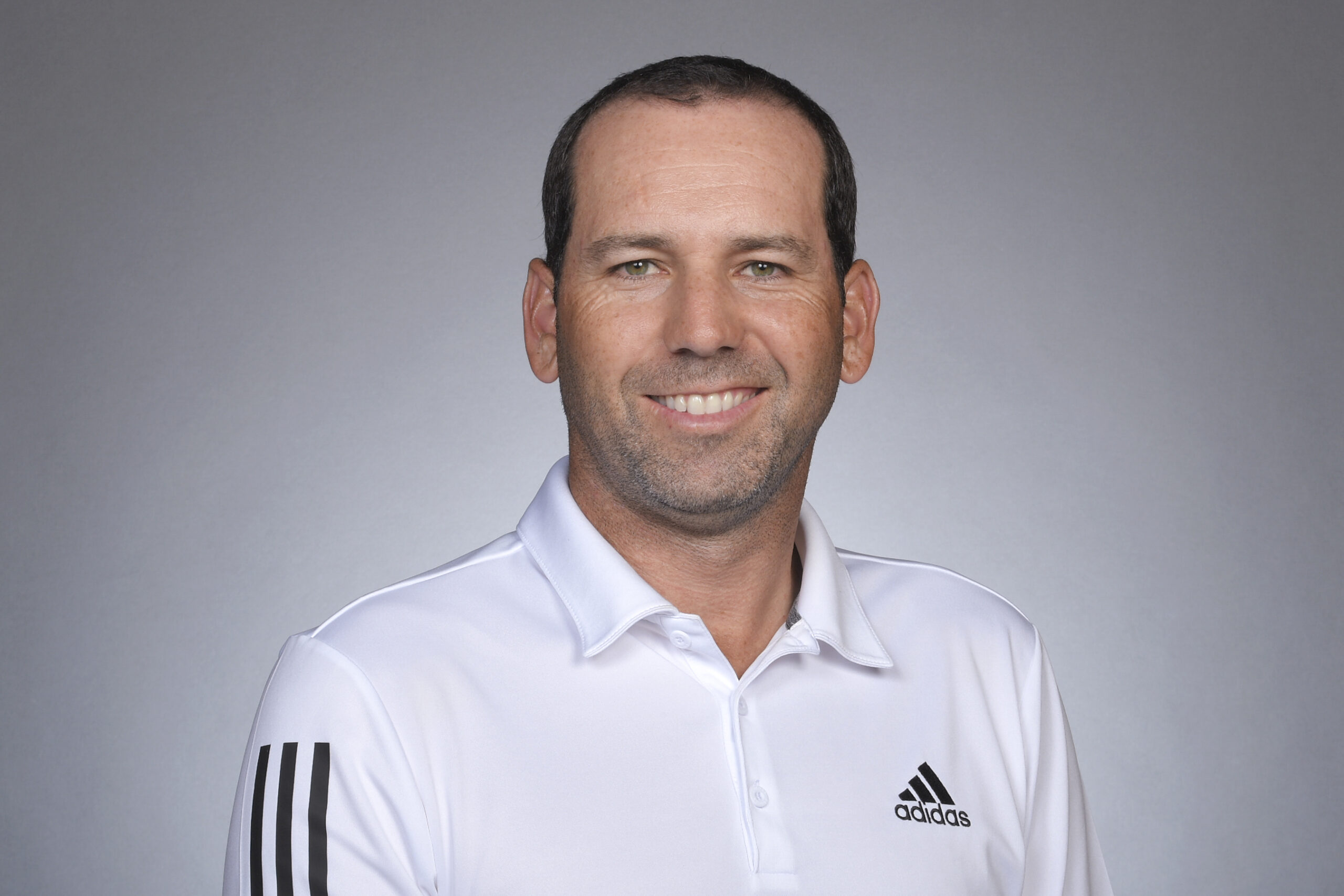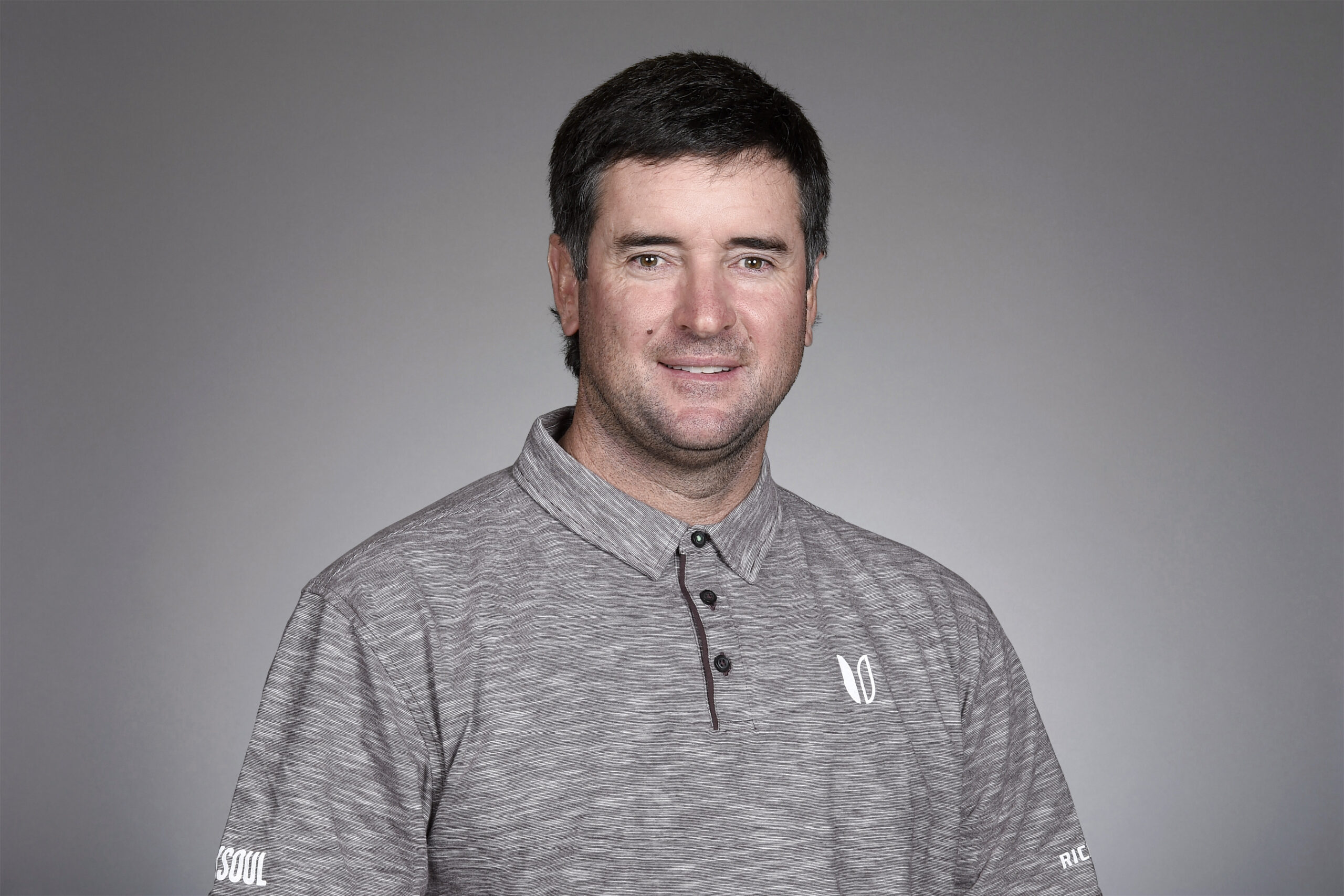The Course Report
About Augusta National
It is hands down one if not the greatest golfing events on the planet. It gets exhausting for golfers, and the tournament itself is always full of surprises for fans and spectators alike. The point being, that Augusta National is the premier tournament for Daily Fantasy Sports, and one hell of a tournament to bet on. Every renovation that has been completed in the last few years has been installed to protect this course from the advancement of the modern player. Are people still convinced that Bryson DeChambeau can break this course wide open? Has the course been redesigned enough to create an advantage for the longest of hitters? The fact is that while there might not be a “ton” of length here; the course plays as difficult as ever. Yet, the challenge is not necessarily from the course, but from the pressure of every single shot and key moment.
Course history is such a true measure of a golfer’s success here at Augusta. For as long as I can remember, course history has always been most relevant here at Augusta National. Now, I will say that it is not an 100% guarantee of projecting a winner…I mean come on, Sergio has a green jacket…it is a great place to get started when looking at golfers this week who are in line to have massive success.
Augusta has saw a few changes for last year’s tournament. This is specific to the back-9 of the course. The hardest hole on the entire course just became even more difficult. The par-4 11th White Dogwood was lengthened by 30 yards. A hole that historically averages over par for the tournament. The fairway is wider than it may look, as the length is often the deal breaker in players achieving greens in regulation. The favorite par-5 Azalea, hole 13, had some greens changes that will present new challenges to a hole that usually produces scoring opportunities. Firethorn, the par-5 15th, also increased in length as the tee boxes were moved back to the left to adjust to the length changes in modern golf. The final change is seen on the final hole of the course. A hole that is already difficult is now 20 yards longer with a tweaked green complex. The new length could potentially take the fairway bunkers out of play, and longer hitters clubbing down to a fairway wood. The danger here is any shot heading right finds the trees and a bogey or worse on the scorecard.
This year the biggest change is found on the par-5 hole number 13. The hole returns to being a risk-reward hole for the longer hitters. The extra distance and severe right-to-left slope in the fairway landing area means that accuracy is pivotal if you even expect to sniff the green in two shots. To be honest, I do think that we see most players go with a conservative approach on this hole. Yet, anyone who has the confidence just might pin seek in hopes for an eagle.
Augusta National is a true risk-reward course as there are impossible holes mixed in with scoring. The course let’s players hit driver all they want, but where it shines is on approach and its greens. Television does not do justice to how difficult putting is here. While plenty of courses allow Tour Pros to seek pins, players must use undulation and accuracy to a specific spot on the green to give them the best route to birdie or par. Long story short, while putting is incredibly valuable here, being in position to putt for birdie from 20 feet in the right spot is crucial. Hitting targets is key, or players are going to be looking at 3 putts and a bogey.
The most frustrating aspect about the Masters, when considering DraftKings, is that this tournament plays more like a no-cut event than an actual “regular” tournament. While there is a cut line, it doesn’t create a massive lack of 6/6 golfers. The only way that his happens is if two major chalk pieces miss the cut. Remember, the cut rule for the Masters is top-50 and ties make the cut. So, you need to have a lineup that is not only somewhat unique, but in possession of some golfers that are placing at the top of the leaderboard.
There are bogey’s all over the course, but as we’ve seen historically, the dominance of the par-5’s is where the leaderboard is defined. On average, over 30% of the birdies, and essentially all of the Eagles come from the 4 par-5’s.
The course itself is difficult. Yet, like all tracks on the PGA Tour, scoring is dependent on how wet the greens get. Being able to stick approach shots is ideal for anyone participating in this year’s event. Augusta wants its greens to play firm and fast, but even with the sub-air system, drying out the greens isn’t as easy as one might think. As of right now, early forecasts look for wet and windy conditions in the opening two rounds. Use the weather forecast as the event nears closer.
One little nugget here. Pay attention to the narratives that are going to drive attention towards players or force the attention to go in a different direction. For example, last year the common thread was how first-time players at Augusta typically struggle. Yet, recent tournaments have shown that even this aspect of the Masters can be overcome.
Last tidbit, look at caddie changes. Make sure you identify any changes that happen within a players inner circle and why they made the change. Hiring Augusta experts, which an abundance of successful players in the past have done, often tends to place a golfer in a strong position to contend.
The winner this weekend will hit premium shots, control their golf ball, and just play smart golf. Course management is always the key at Augusta, and of course it helps when you’re entering the tournament in great form.
Augusta National
Architect: Alister MacKenzie
Greens: Bentgrass Greens
Green Sizes: 6,450 feet – average
Stimpmeter: 13+ – Very Fast
Length: 7,510 Yards – Par 72
Water Hazards: 5 Holes
Bunkers: 40

Weather Forecast
Past Winners

Scheffler dominated this early part of the 2022 season, and capped it all off with his first major championship. There were brief moments of hope for other players in the field, but ultimately Scheffler shut it all down with excellent play over 4 days.

Matsuyama became the first Japanese and first Asian winner of the Masters Tournament. Matsuyama went through a variety of ups and downs to finally grab the reins after a Xander Schauffle’s comeback bid fell just a bit short. This was Matsuayama’s first major win on PGA Tour.

Dustin Johonson captured his first Green Jacket in the fall. One of the rarest occassions due to the global pandemic and the postponement of the 2020 Masters in April.
There was little doubt in DJ’s dominance. No one really placed any pressure on Sunday, and he cruised to a 5-stroke victory.

The return to greatness, and potentionally, the last winner here at Augusta for Tiger. He lucked out with very wet and humid coniditions, and some in contention simply buckling under the pressure.
Tiger didn’t play outstanding golf this particular weekend, but did play very wel. It was more than enough, and success in all counting stats to pull out the win.

Patirck Reed won his first Green Jacket by outlasting Rickie Fowler, and lucking out in that Spieth’s insane Sunday round of 64 was backed up by win stopping 74 and 71 in the prior two rounds.
Reed putted well, and played consistantly enough to manage his first and only win at Augusta.

One of the most exciting Master’s we’ve seen thanks to the playoff between Garcia and Justin Rose. This was Garcia’s first Master’s win, and his only major win on tour.
In the end, Garcia won with a bridie on the first extra hole. Rose hit his teeshot into the woods, which allowed Garcia to have a massive advantage. Garcia also delivered on a clutch approach.

Danny Willett won a Masters? No one remembers this because of the fact that this was simply a melt-down of epic proportions by Jordan Spieth.
Spieth played the opening three holes of the back 9 in 6 over par, and let’s not forget the quadruple bogey on the 12th. Willet, played well enough to benefit in what has been known as the most massive collapse in Masters history, and even Greg Norman could agree.

Jordan Spieth wins his first Green Jacket, in what many thought was going to be the first of multiple major championships. Those thoughts came to fruition as Spieth won the US Open in the same year, and later the 2017 Open Championship.
Spieth dominated this tournament with his elite skill set, and even tied Tiger’s scoring record.

This was an exciting Sunday with Spieth, Freddy Couples, Blixt and Fowler. In the end, Watson came out on top with his second Masters win.
Sunday was never locked up until errors by those in contention made compounding mistakes. Watson was the recipient of the win thanks to error free golf, timely putting, and of course that incredible shot shaping ability.

The last we saw of the anchor putter, and ironically, the last we saw of dominant Adam Scott…for a few years anyway.
Scott became the first Australian to win the Masters in a thrilling playoff versus then nostalgic favorite Angel Cabrera. This was an exciting Sunday as we saw Jason Day, Woods, and Lieshman all in contention.
